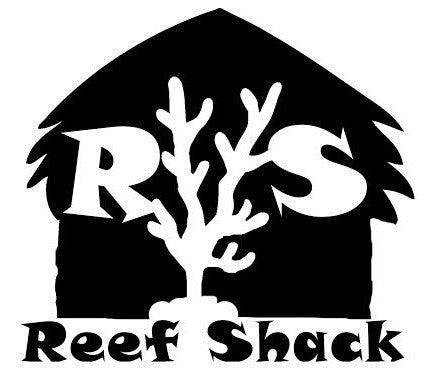
JQ's ReefShack LLC
Chaetomorpha (1 Cup Size)
Planting Method
Chaetomorpha is a free-flowing plant. When adding the plant to an aquarium, gently place it near the bottom of the tank. The natural water movement of the habitat helps prevent an excessive buildup of detritus that can hinder growth. Organisms live and thrive within the clumped mass of the plant as it floats along the bottom.
Light
Like all plants, chaetomorpha algae photosynthesize, and light is a source of energy for the process. Chaetomorpha thrives in low light. One 25-watt bulb is an ideal light source for the plant to survive. Providing too much light or using bright, direct light can hinder growth or kill the plant.
Water Environment
Chaetomorpha needs a water temperature between 68 and 75 degrees Fahrenheit to thrive. Cool down warmer water with a supply of cold water on the surface or the use of an aquarium air conditioner. A proper pH level can range from seven to nine, with an optimal range of 8.2 to 8.7. Culture collapse can result from an inconsistent or improper pH levels. Aerating or mixing the culture can help keep a consistent pH level. Keep salinity levels between 20 and 24 psu.
Aeration and Mixing
Aeration and mixing prevents algae sedimentation and keeps the plant cells equally exposed to light and nutrients. It also develops a healthy transfer of gas between the culture medium and air. This is important to help the plant take in carbon dioxide to survive and thrive. Proper aeration and mixing is possible by stirring the water daily by hand or using an aquarium pump to circulate the water evenly. Paddle wheels and jet pumps work well for chaetomorpha that grows in outdoor ponds.
Pruning
Pruning is only required if the chaetomorpha plant becomes so large and dense that it begins to choke out other plant life or take over the environment. Prune the plant by gently pulling away handfuls of it and removing it from the environment. Recycle the pruned pieces of chaetomorpha by placing it in a separate tank or donating it to other hobbyists who keep reef tanks.
Spore Release
One of the most common obstacles involved with growing chaetomorpha is when the algae release spores. This happens when the algae is stressed and dying. It is easy to spot the occurrence of spore release. The plant turns white, and the water quickly becomes cloudy. Spore production results from lack of nutrition, poor lighting, or lack of pruning. Give the plant a long period of light exposure each day, followed by eight hours of darkness. Keep the pH and temperature as consistent as possible, and do not neglect pruning when the plant becomes overgrown. Supply chaetomorpha with plenty of organisms that help keep the plant clean through feeding and movement. Watch for signs of spore release each day.
